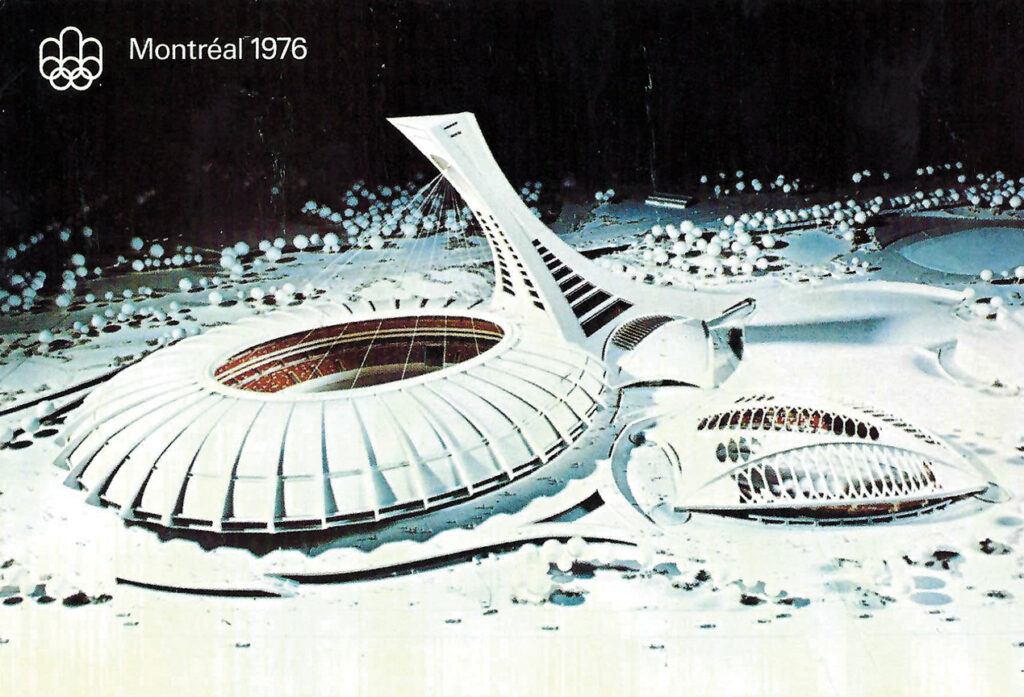
Michael Bushnell
Publisher
This week we continue our tour of Major League Baseball (MLB) parks with a look at one of the most unique stadiums ever used for baseball, Olympic Stadium in Montreal, Canada.
The stadium was built in the early 1970s as a primary venue for the 1976 Summer Olympics. Dubbed by locals as the “Big O,” or the “Big Owe,” the first a reference to its doughnut shape, the second referring to the stadium and the ’76 Olympics as a whole.
The stadium has the largest seating capacity in Canada, able to seat over 75,000 people for the ’76 Games. Configured for MLB’s Montreal Expos, that capacity was closer to 43,000, some of which were far away in the outfield, something the Expos were quite chagrined with, players looked like ants playing on green carpet.
For a period following the Olympics, the stadium was home to not only the Expos but also the Montreal Alouettes of the Canadian Football League and the Montreal Impact of the Major Soccer League.
Incorporated into the north base of the stadium is the Montreal Tower, the world’s tallest inclined tower at 574 feet tall. During the Olympics, there was an Olympic-sized pool under the tower and a velodrome, now home to the Montreal Biodome, a botanical garden and museum. An inclined elevator takes visitors to the top of the tower which overlooks the old Olympic Village.
Some significant baseball events that occurred at this stadium are dominated by record-breaking home run statistics. On May 20, 1978, Pittsburgh Pirate Willie Stargell smacked a 535-foot home run into the second deck of the stadium, an Olympic Stadium record. The seat where the ball struck is now in the Canadian Baseball Hall of Fame.
Not to be outdone, Darryl Strawberry swatted a 525-foot home run off a speaker hanging from the second level on Opening Day, April 4, 1988. Henry “Oh Henry” Rodriguez did the same on June 15, 1997, and Expos Outfielder Vladimir Guerrero let fly with a 502-footer off an advertising sign directly below the left field deck on July 28, 2003. Expos management replaced that sign with a “VLAD 502” sign following the event.
On April 27, 1983 during a game against the Houston Astros, Hall of Fame Pitcher Nolan Ryan broke Walter Johnson’s long time MLB strikeout record when Ryan pitched his 3,509th strikeout against Expos Infielder Brad Mills.
The Expos regularly played 81 home games every season between 1977 and 2003, when they played 22 home games in San Juan Puerto Rico. In each of their final two seasons, 2003 and 2004, they played 59 home games at Olympic Stadium.
The franchise moved to Washington, D.C. for the 2005 season where they became the Washington Nationals.
The stadium continues operation today as a multi-sport activity venue, drawing thousands each year as a Montreal tourist destination.



















Comments are closed.